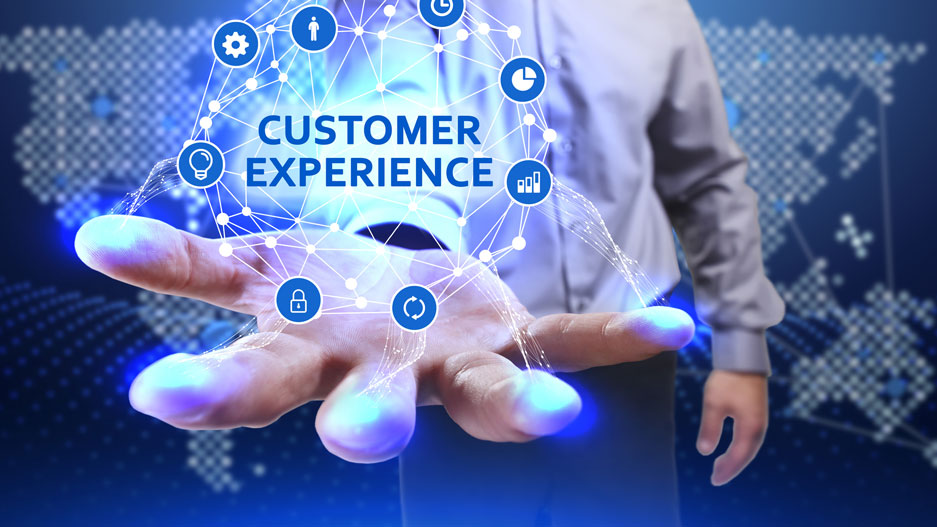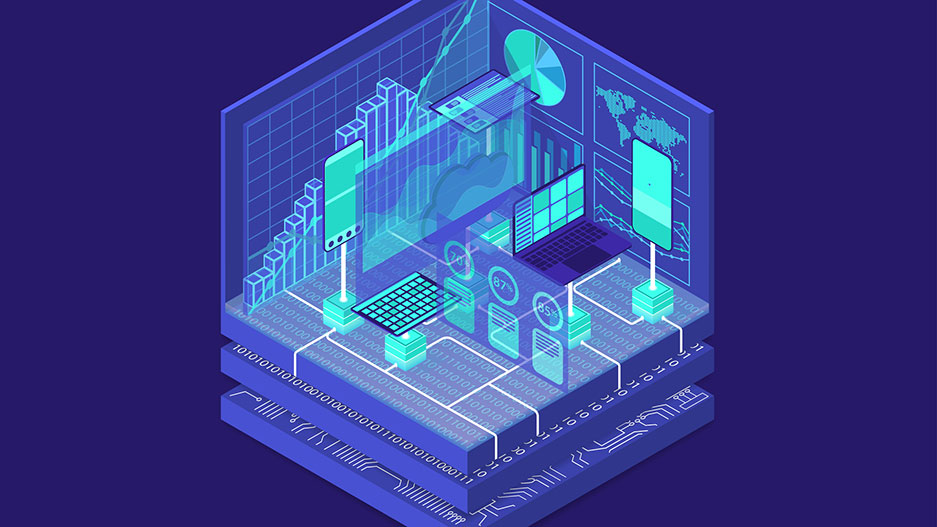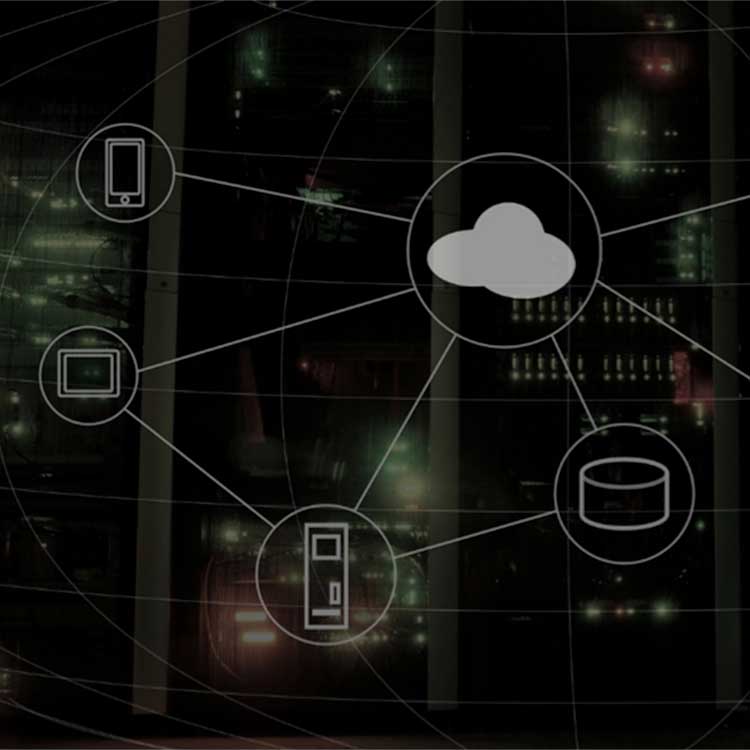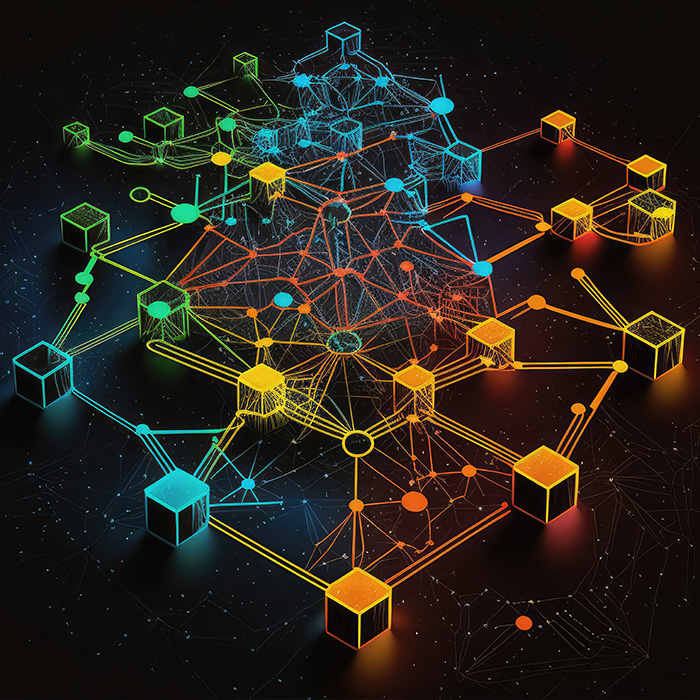Predictive analytics are built into products, and Kulkarni’s team transforms the data sent back from the field into real-time charts and graphs that make it easy to identify customer trends and system health indicators.
“We built the data visualization initially for our support organization,” said Kulkarni, describing Watchtower, a Nutanix application that runs on monitors at all support centers. “But after talking to customers, we realized there was so much value in sharing this information with them,” Kulkarni said.
When customers saw the power of these analytics applications, Kulkarni said, they grew more willing to share data with Nutanix, which has transformed customer experiences. These tools have the potential to help anticipate how new software updates will work and what could cause a system to fail.
“One of the big things we are trying to do is come up with a way to predict how a specific engineering release will perform in the field before we release it,” Kulkarni said. “Because if you can predict that the release is going to be bad based on certain criteria, you really don't want to release it at that time, right? You can spend more time hardening it.”
Another thorny challenge is figuring out when customer-support scenarios are about to heat up.
“If we can predict that a customer issue is becoming an escalation, we can take proactive measures to prevent that from happening,” Kulkarni said.
Tough Work Lies Ahead
Kulkarni hears a lot of companies talking about how they’re using artificial intelligence (AI) and machine learning (ML). “But when you dig deep, very few of them actually use ML/AI to do predictive analytics because it's a very, very tough problem. It takes a lot of research. You really don't know how it's going to work.”
Today, analytics are about using software to generate charts that help people visualize trends. Even real-time data becomes backward-looking with each tick of the clock.
“The journey has been from reactive to proactive to predictive,” Kulkarni said. “In reaction mode, you study the past and hope to avoid future missteps. In proactive mode, you use data to anticipate problems in the hope of preventing them.”
Predictive mode changes everything — especially in the customer experience realm.
“With predictive analytics, we have all of this data,” Kulkarni said. “It gives us insights that let us truly do things that can address future trends now.”
Tom Mangan is a contributing writer. He is a veteran B2B technology writer and editor, specializing in cloud computing and digital transformation. Contact him on his website or LinkedIn.
© 2019 Nutanix, Inc. All rights reserved. For additional legal information, please go here.













